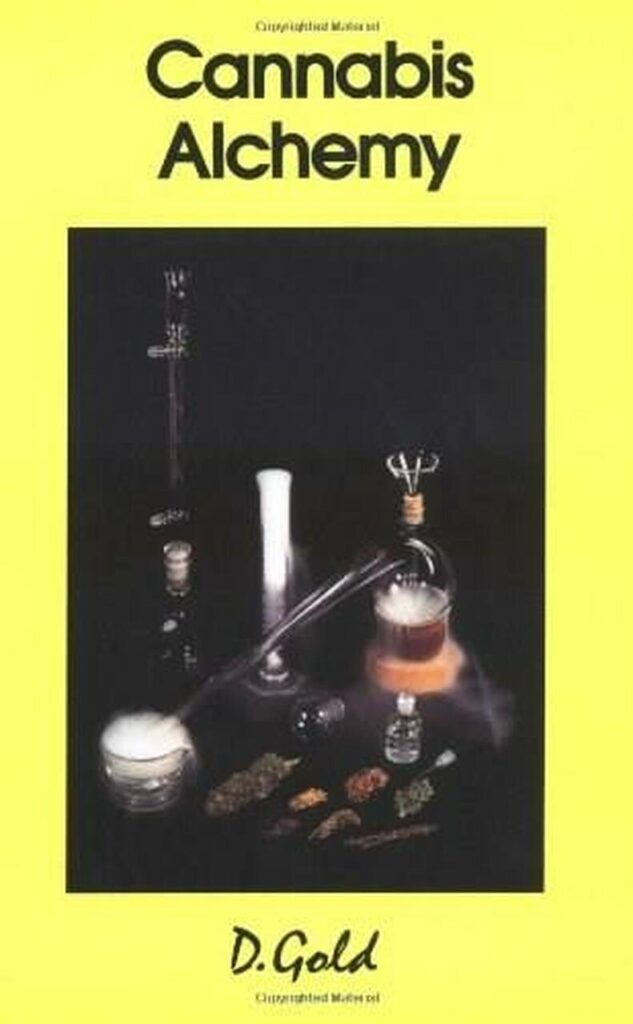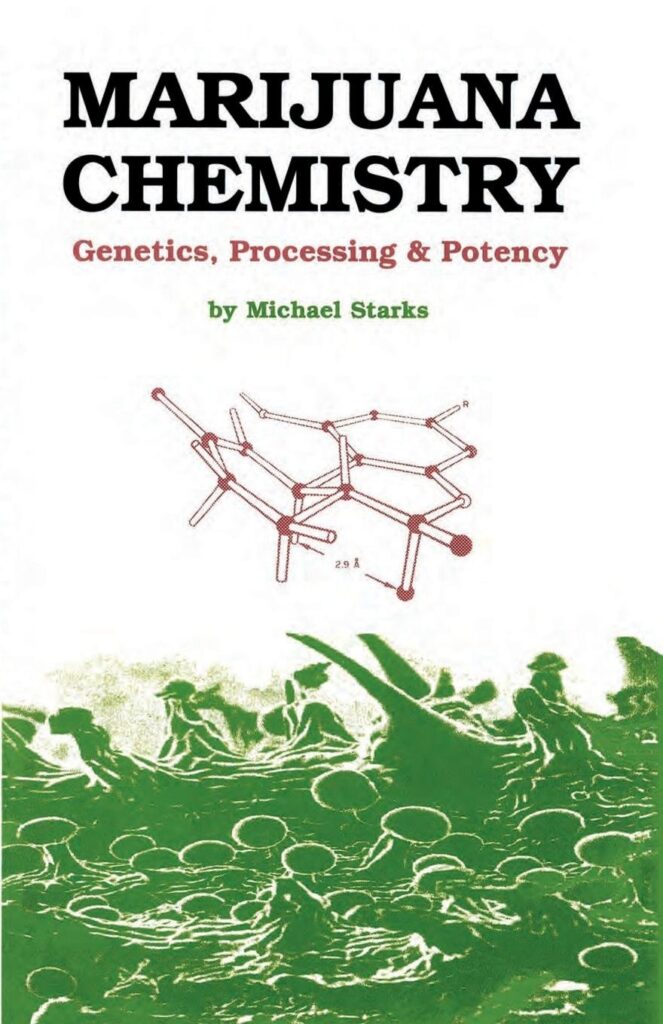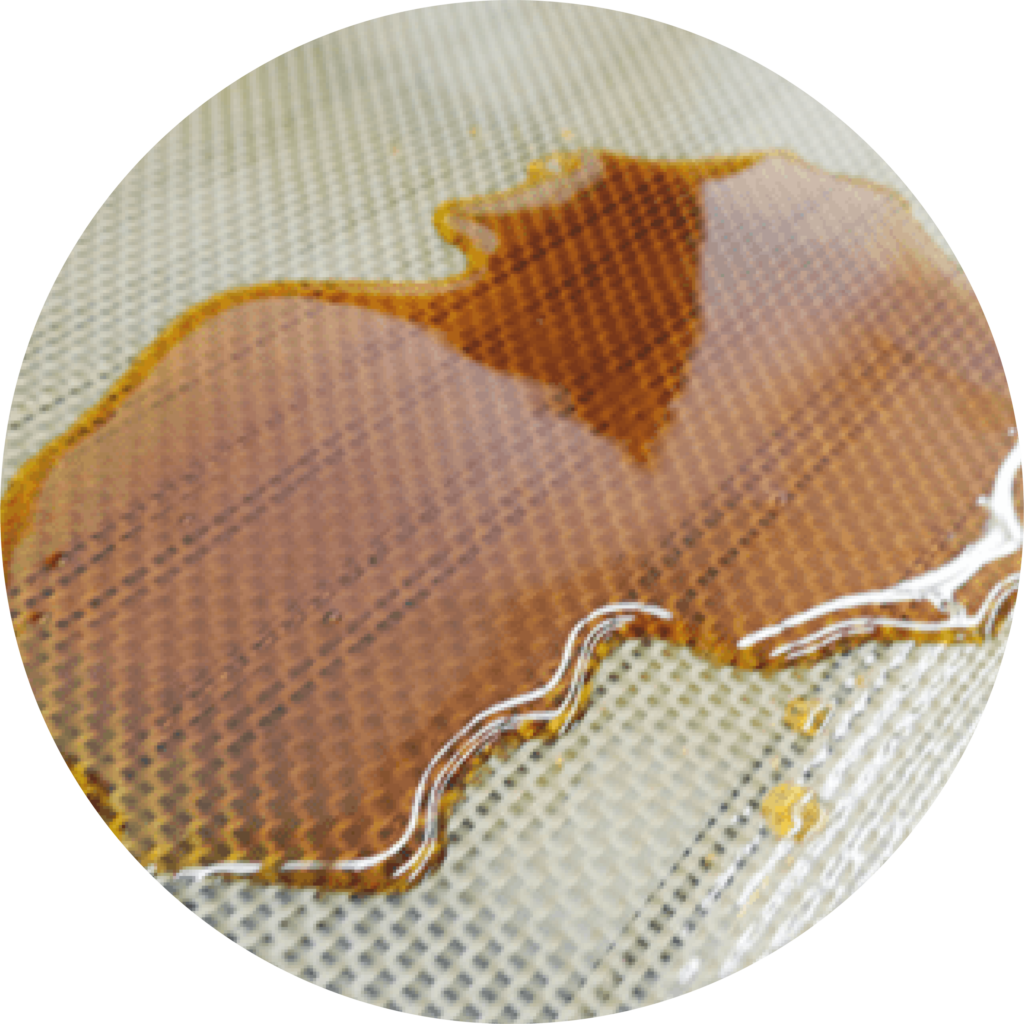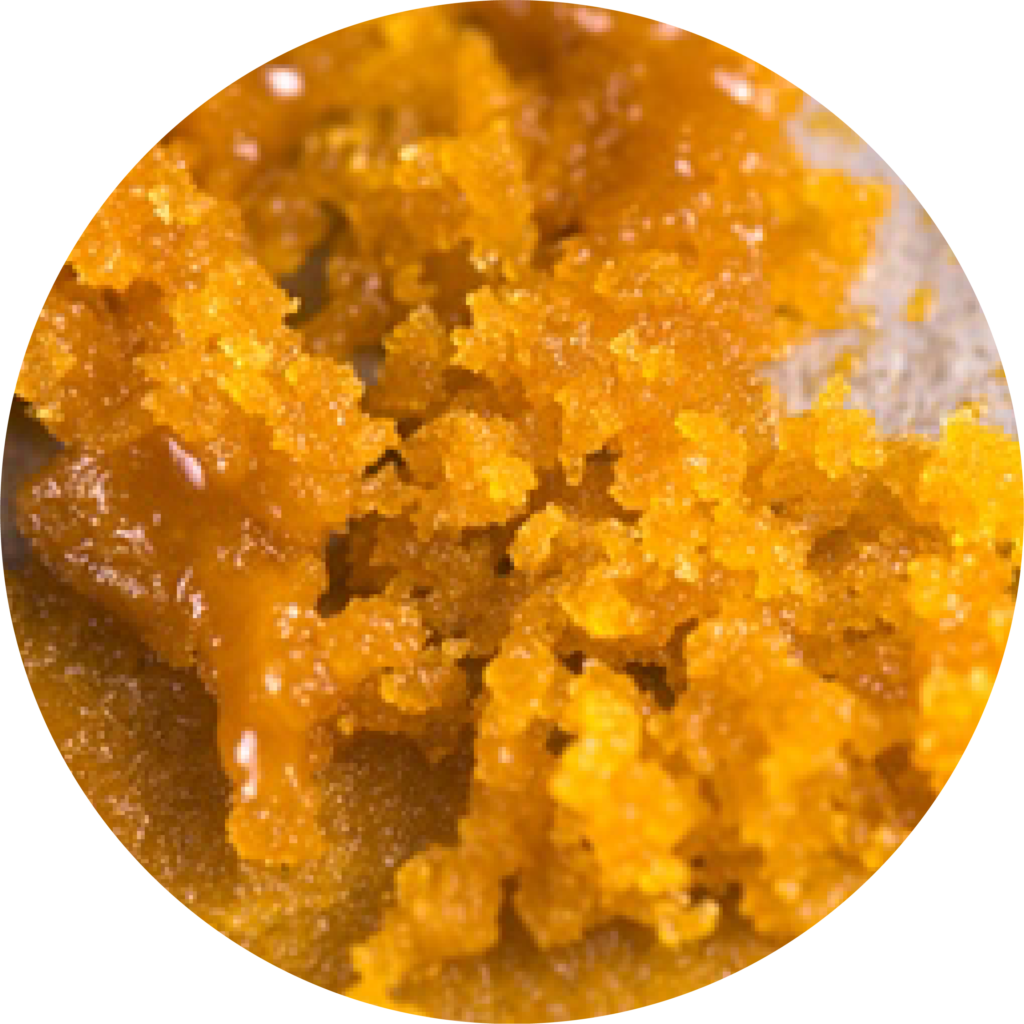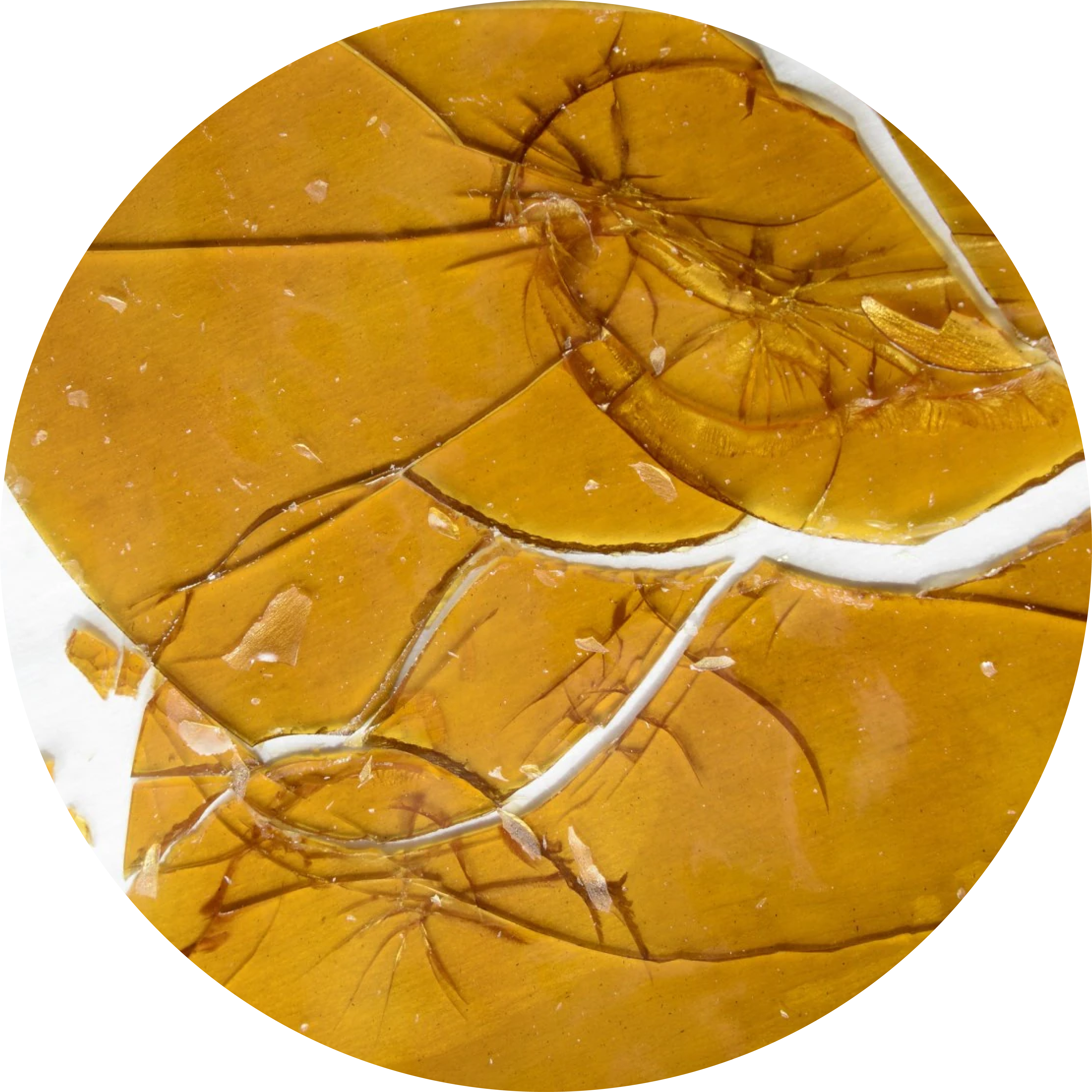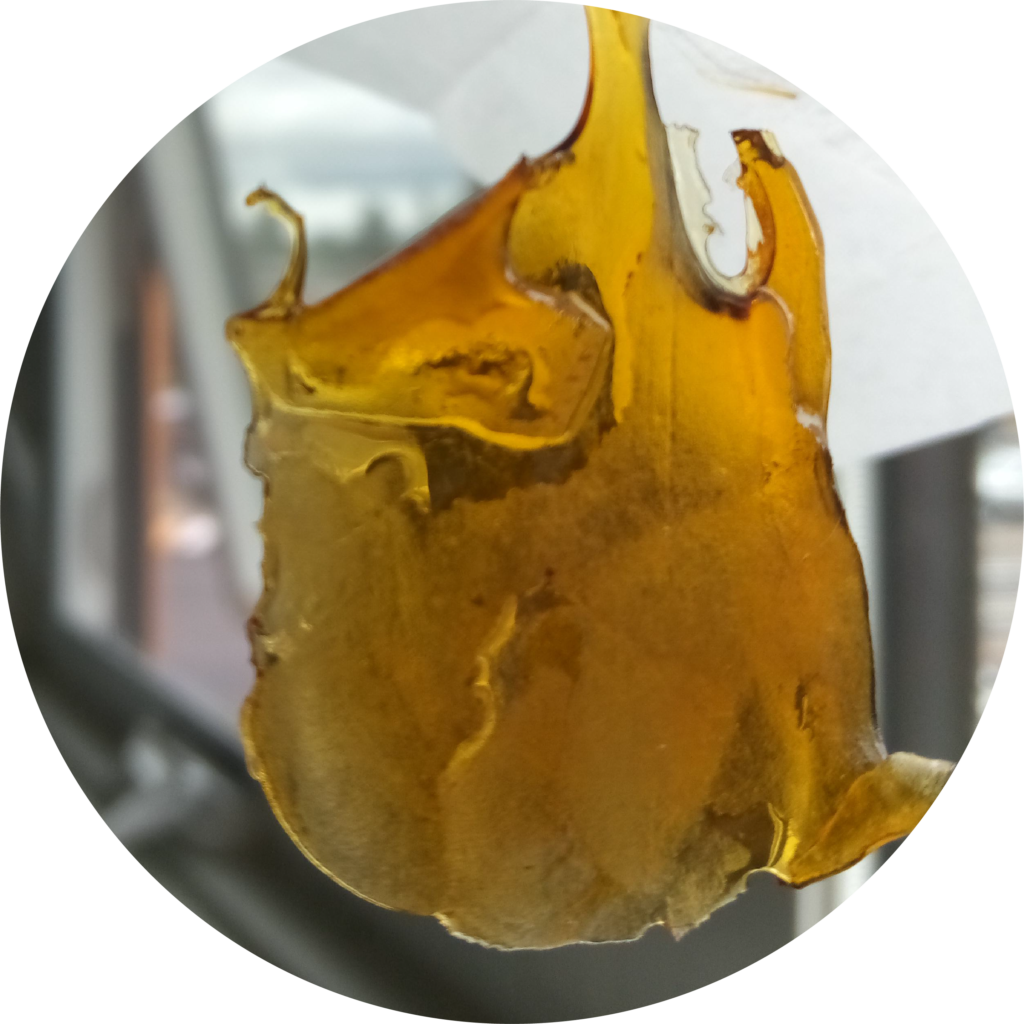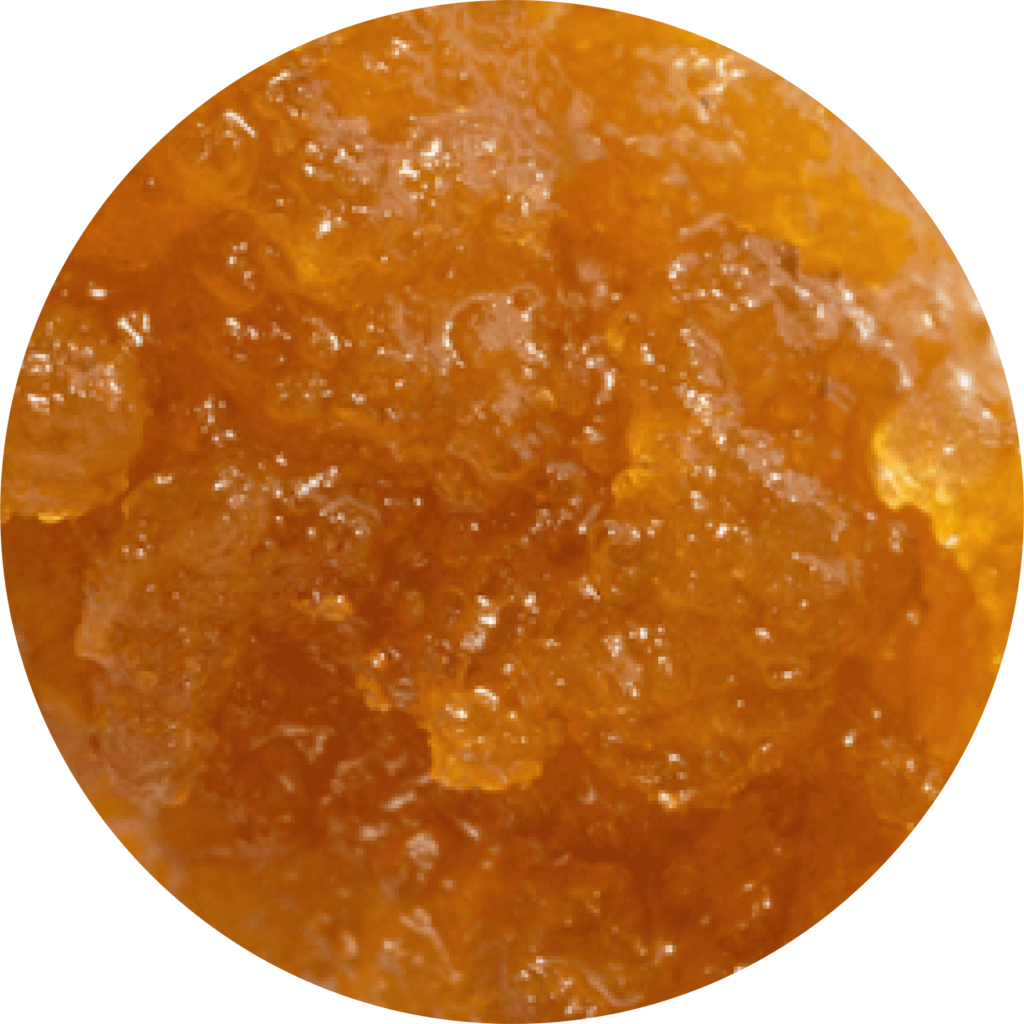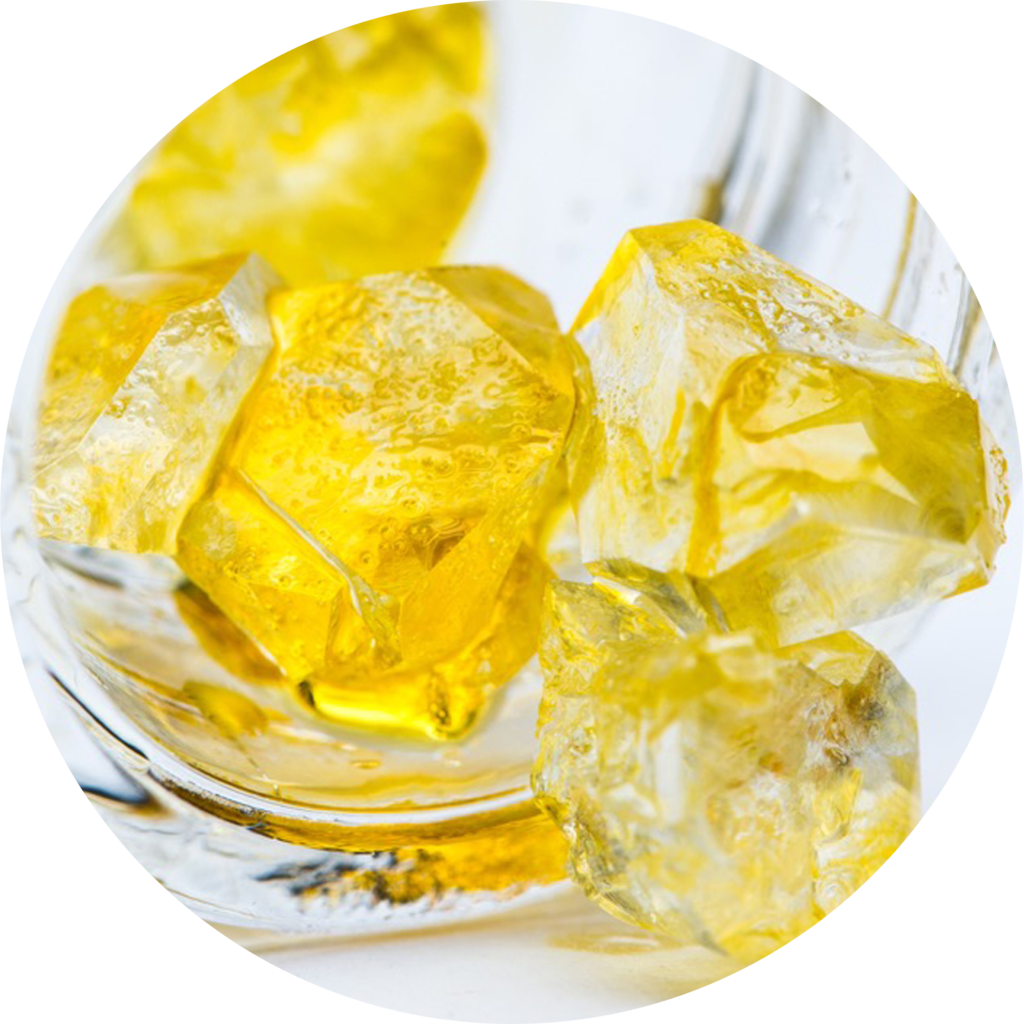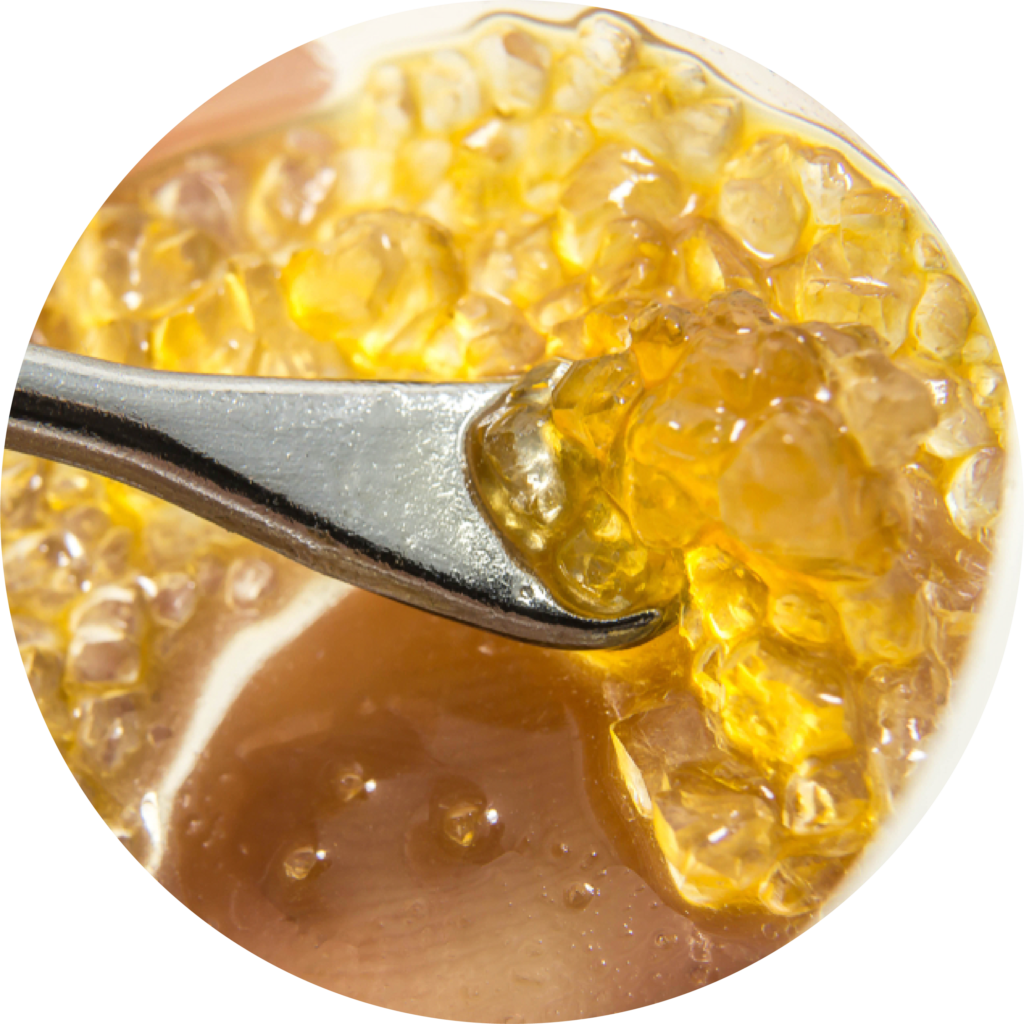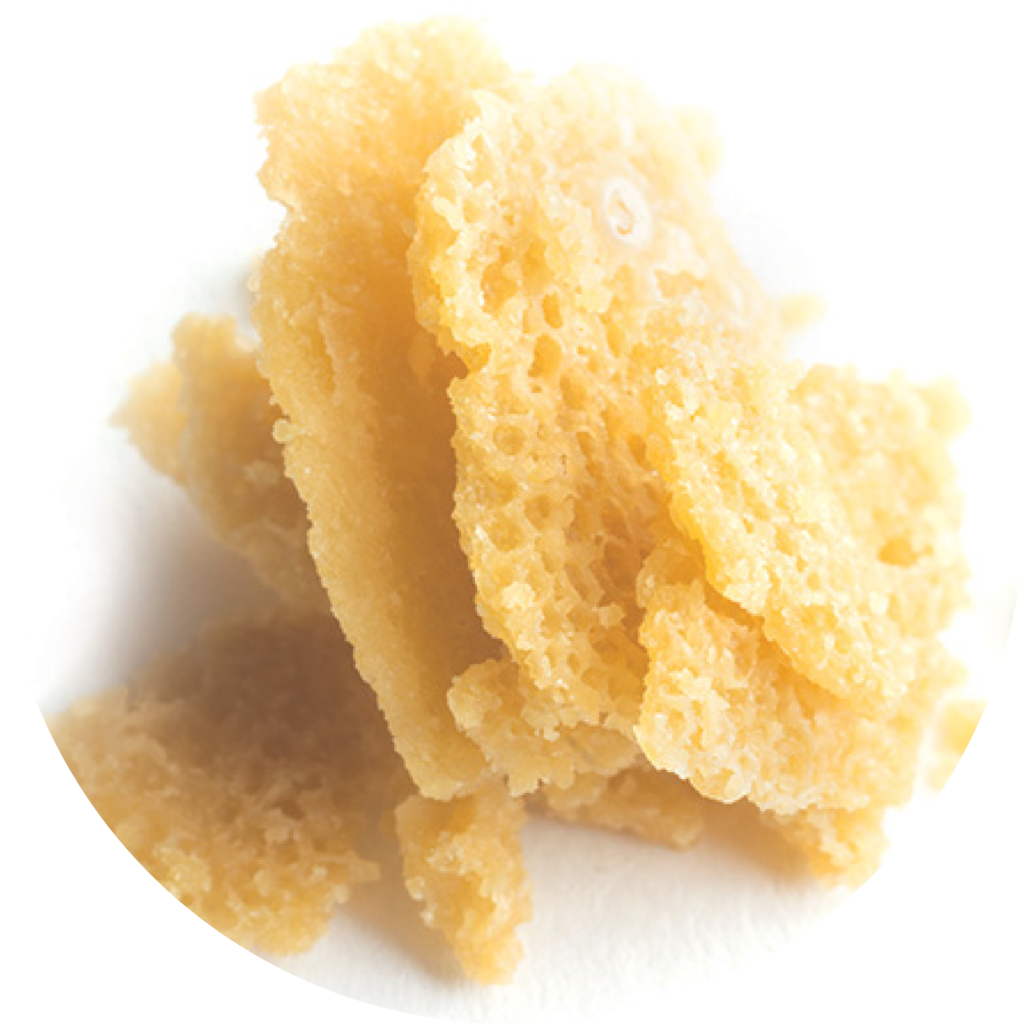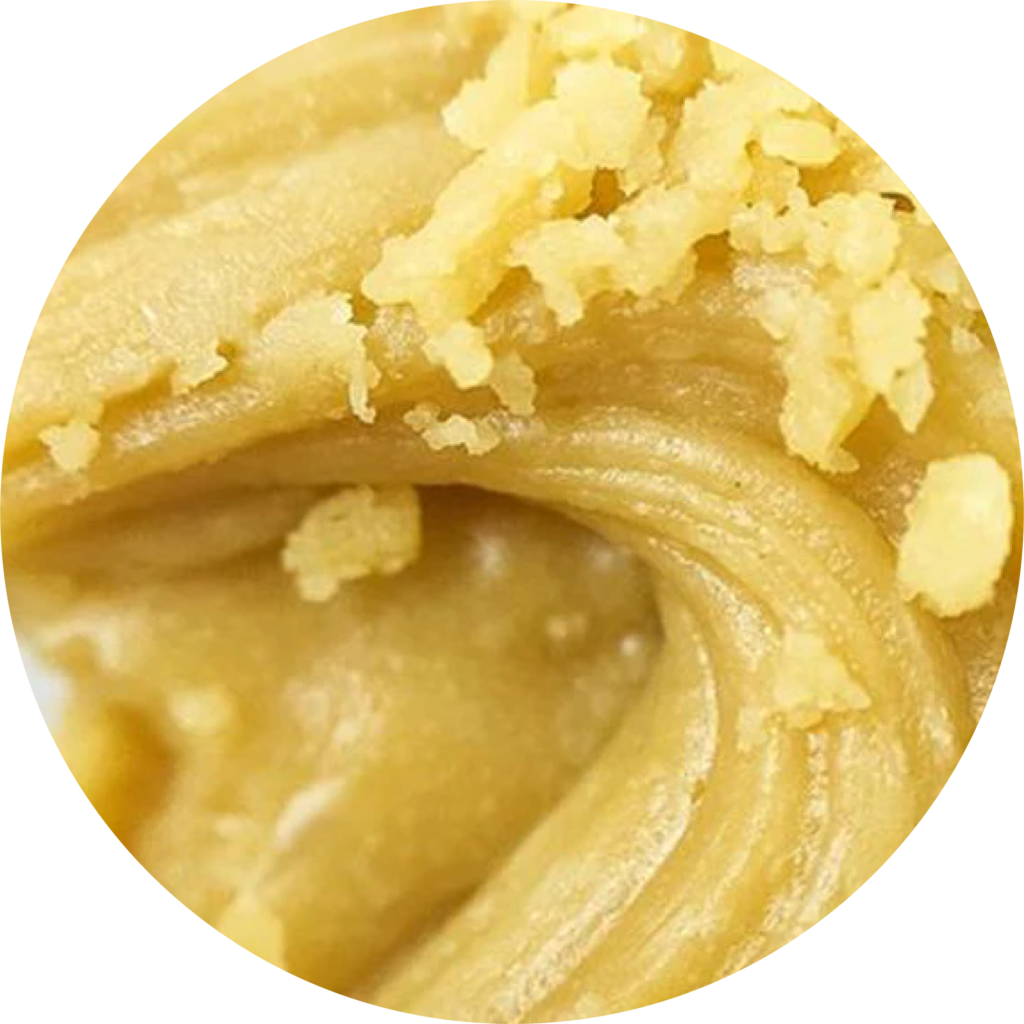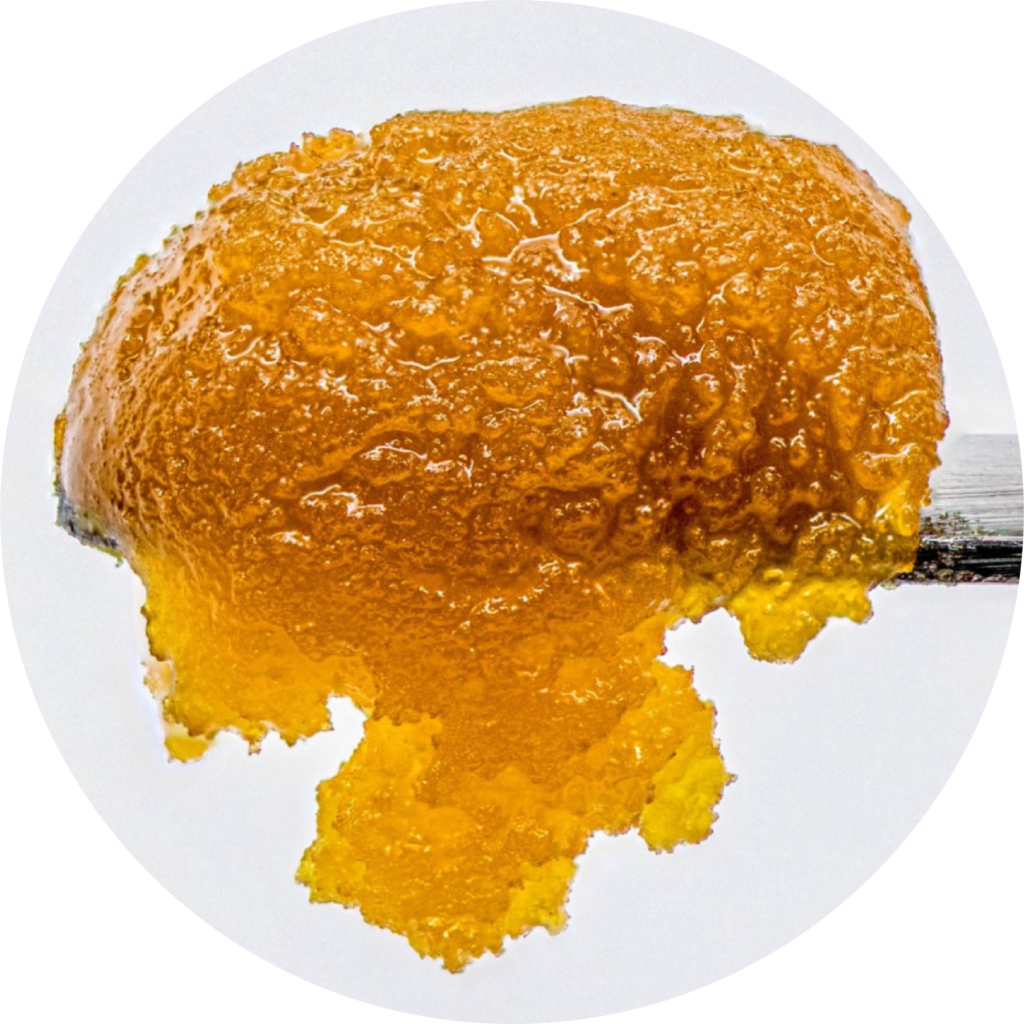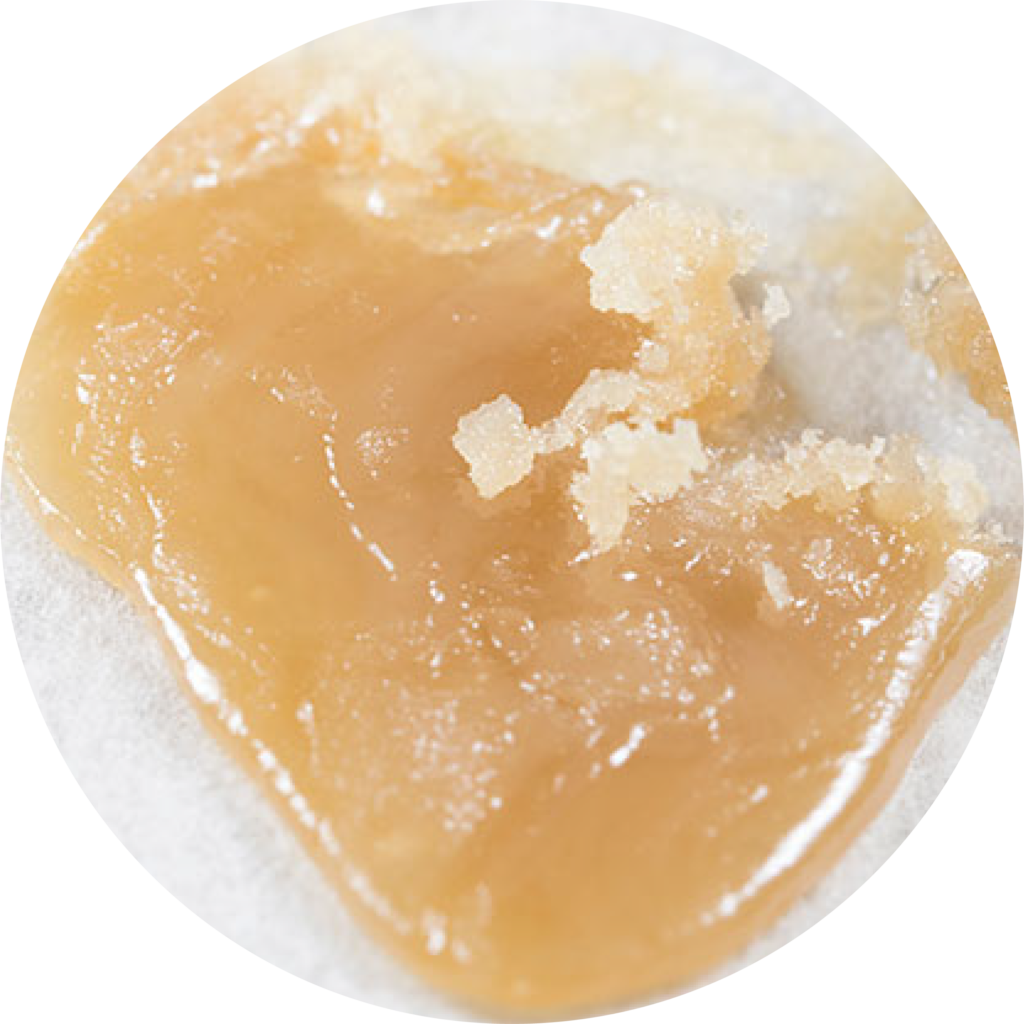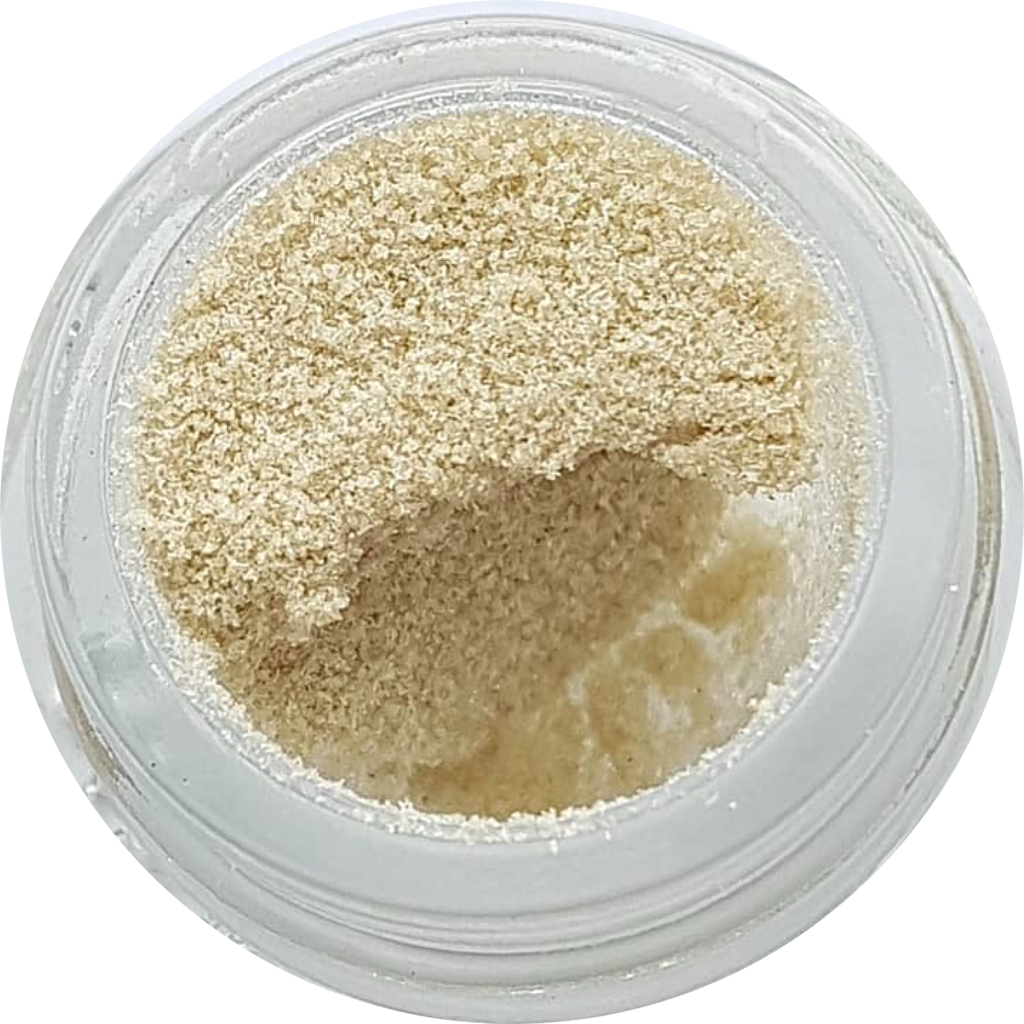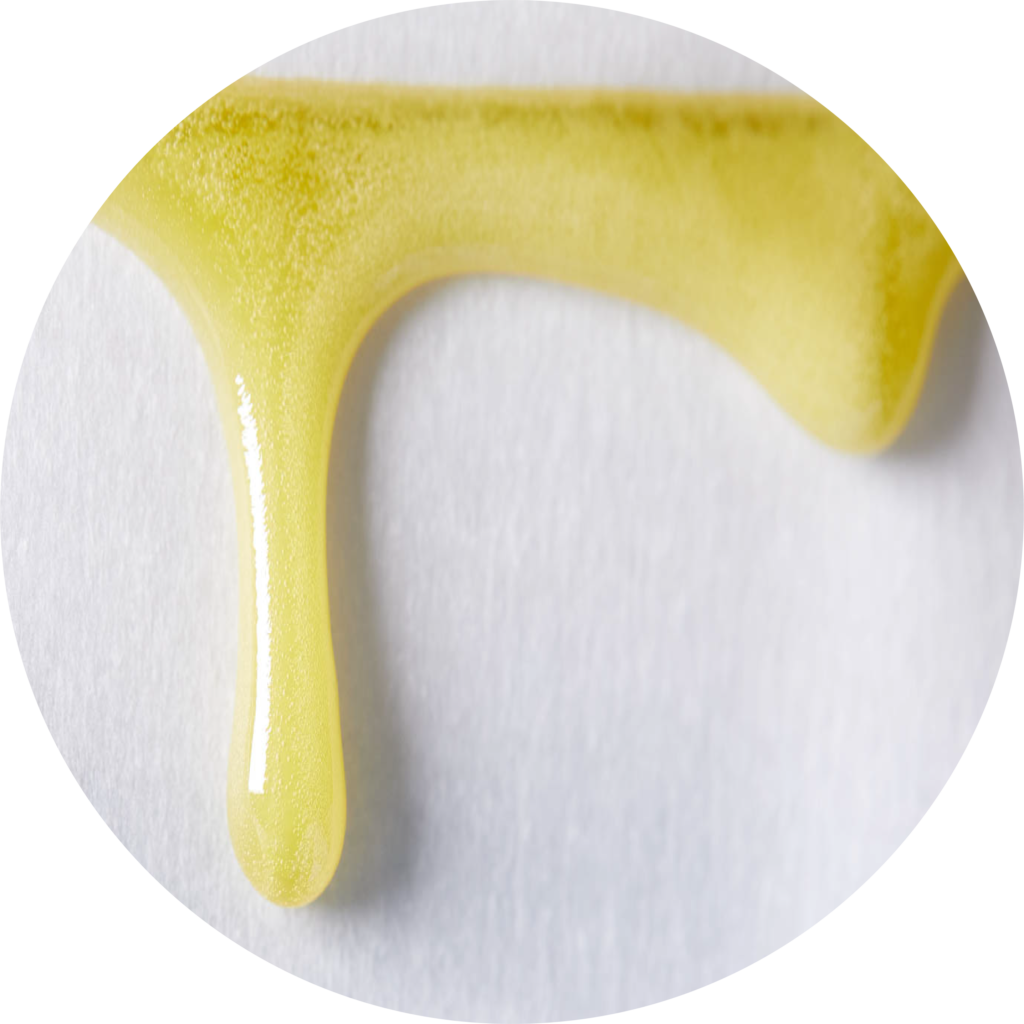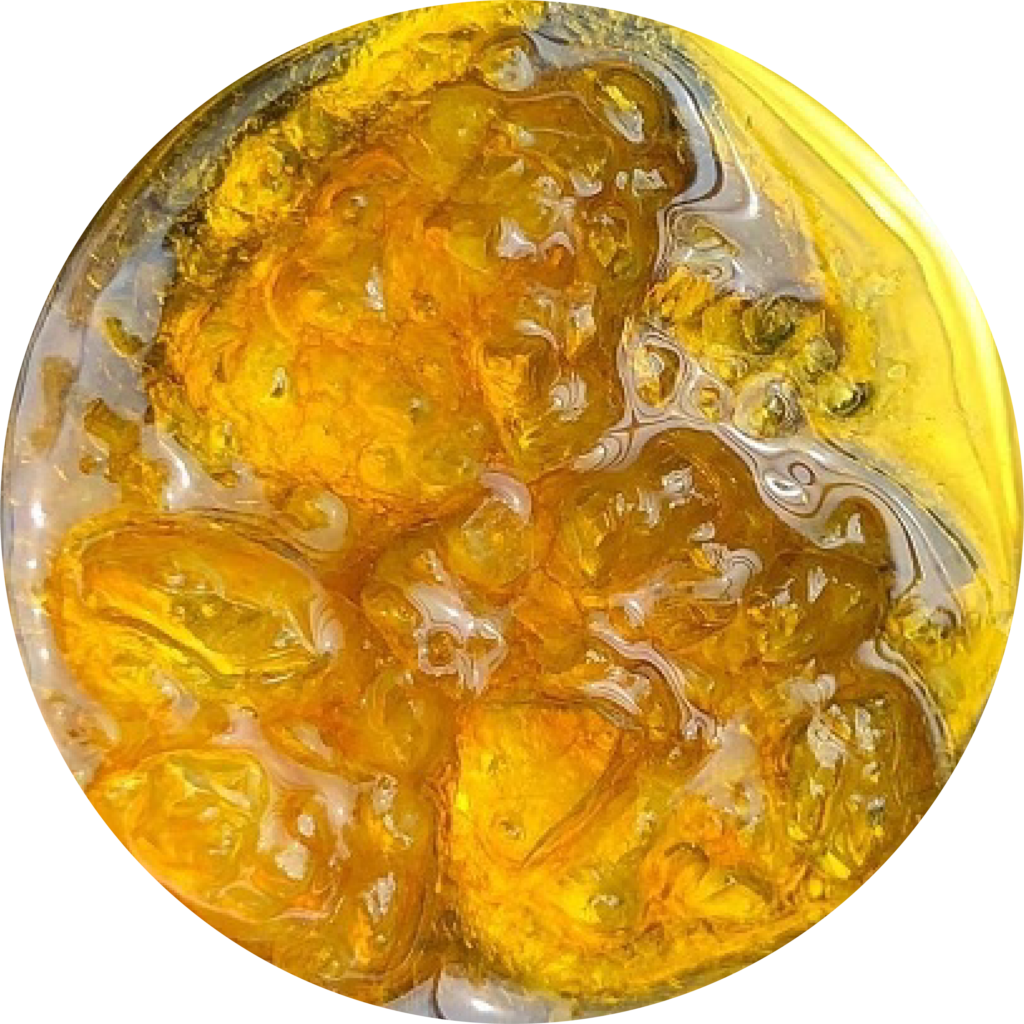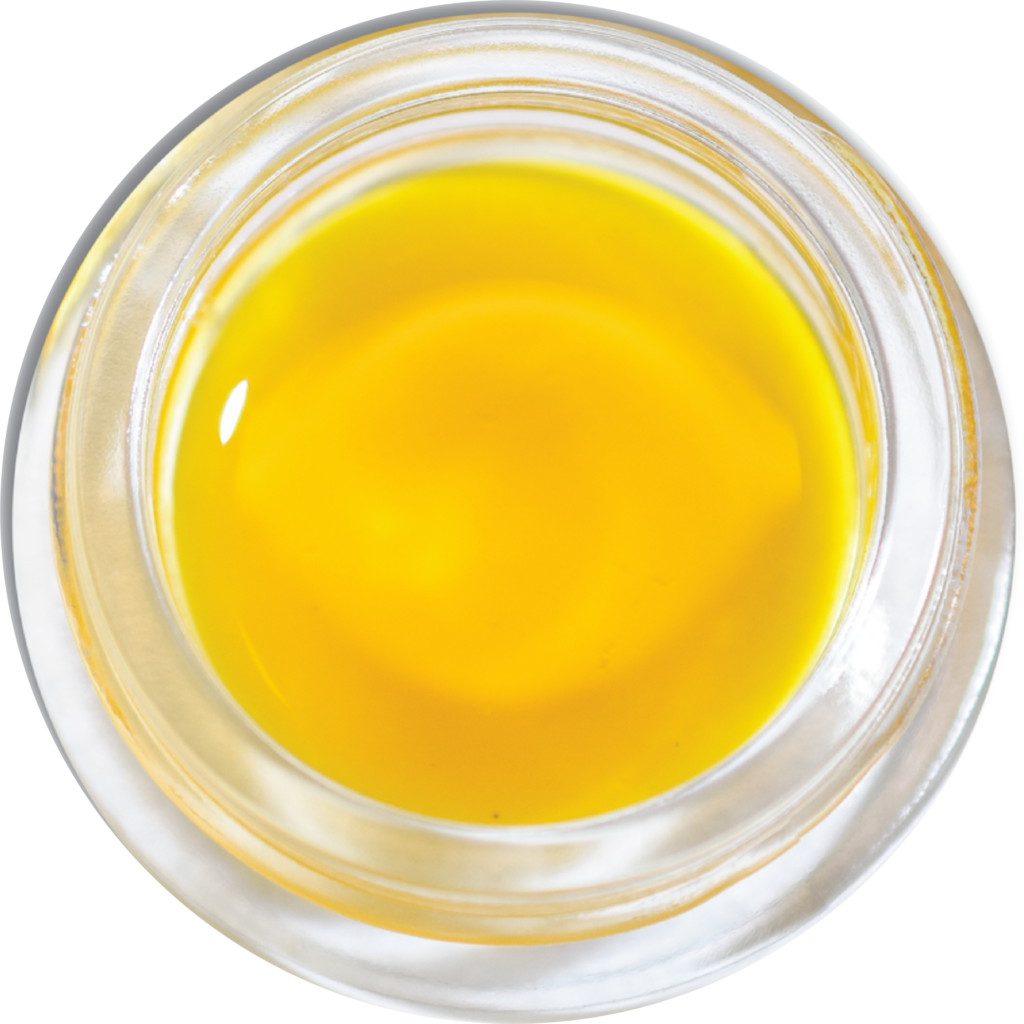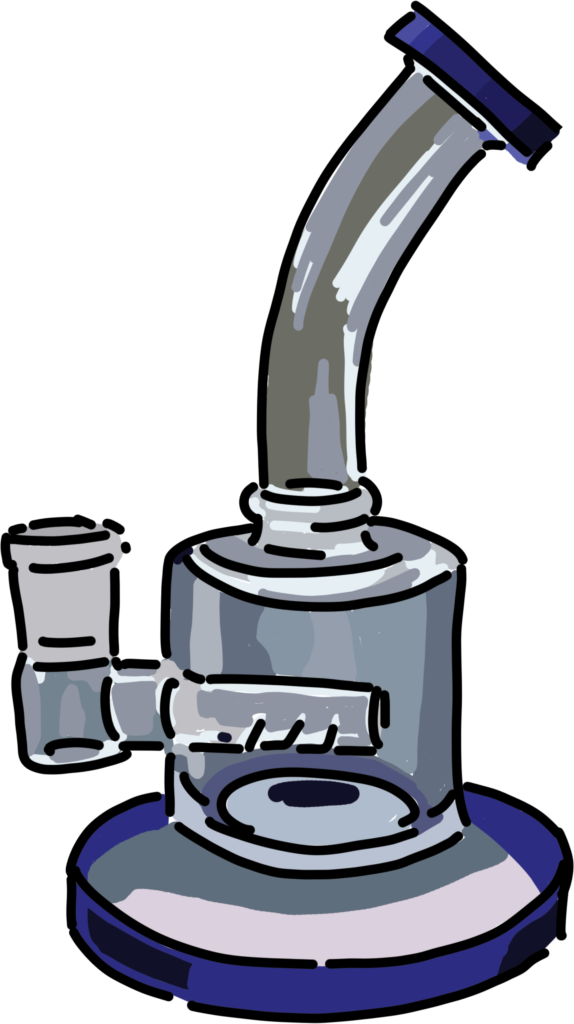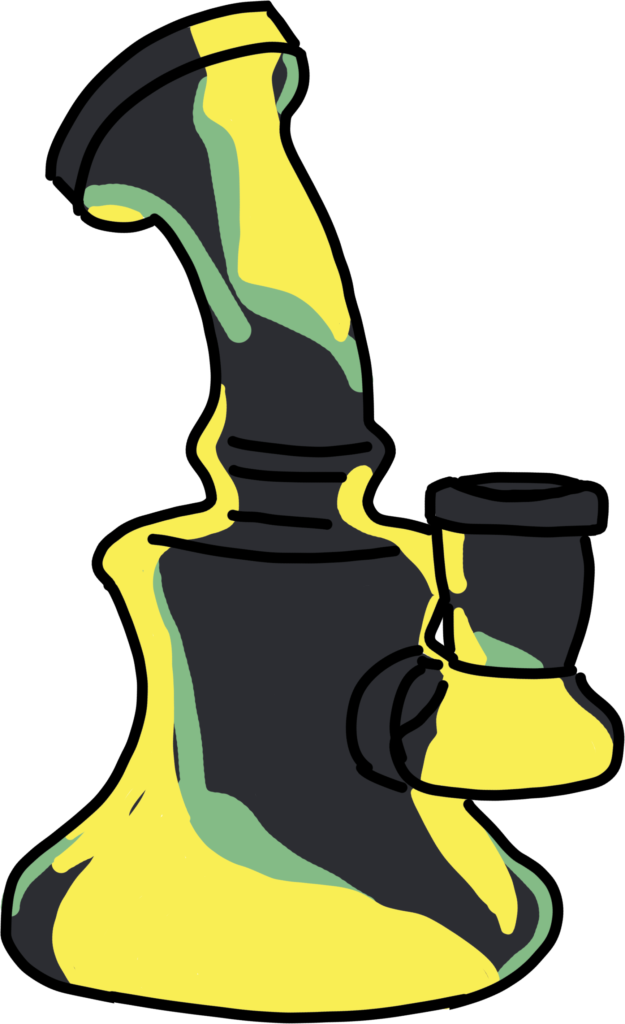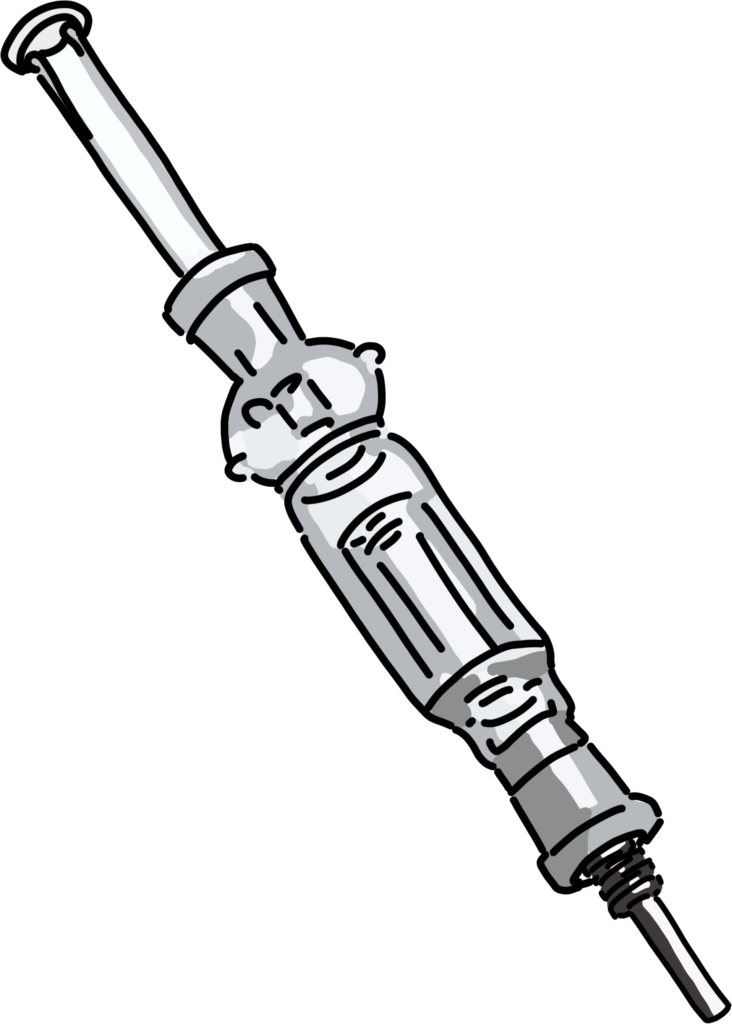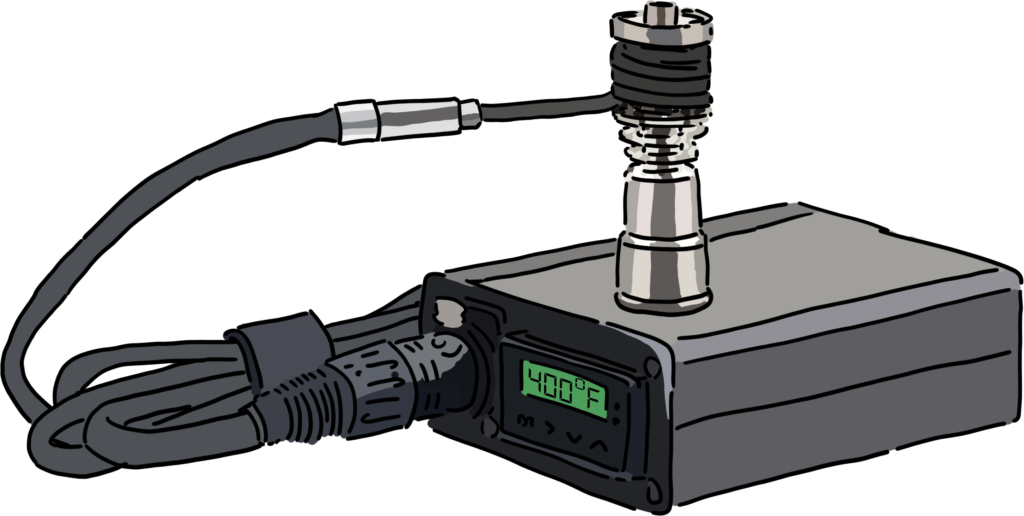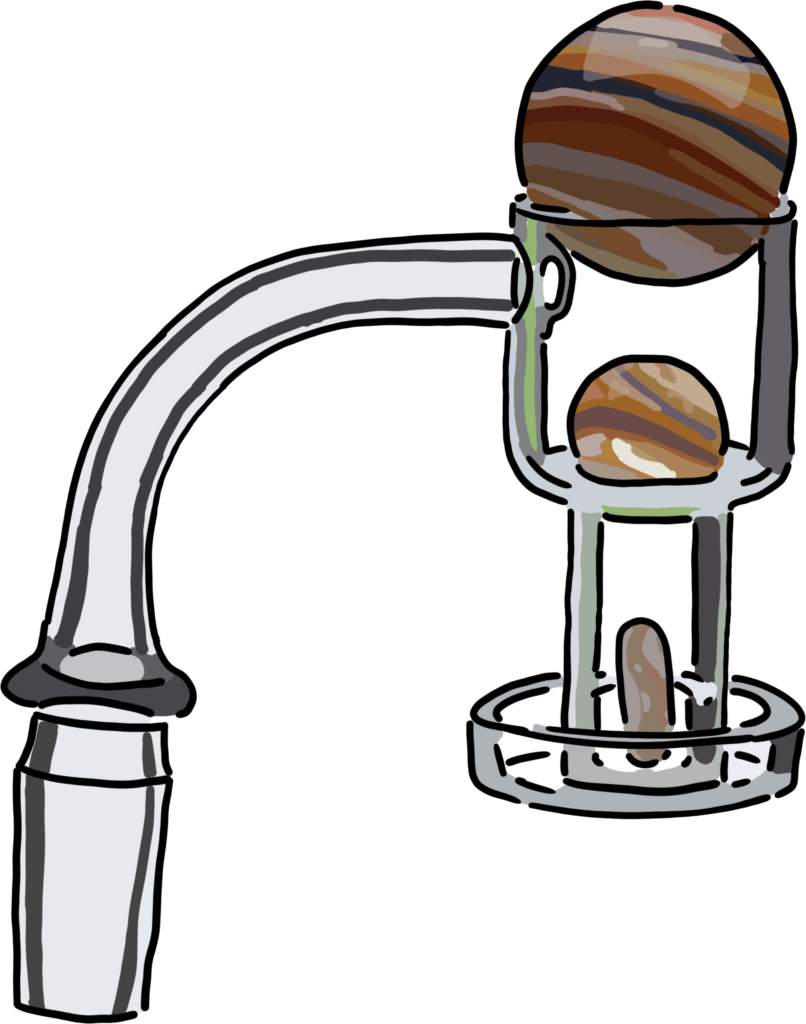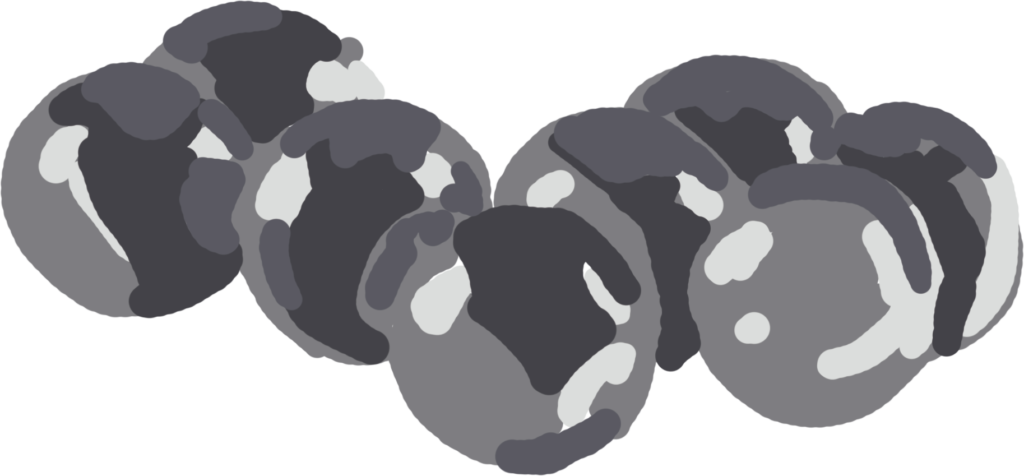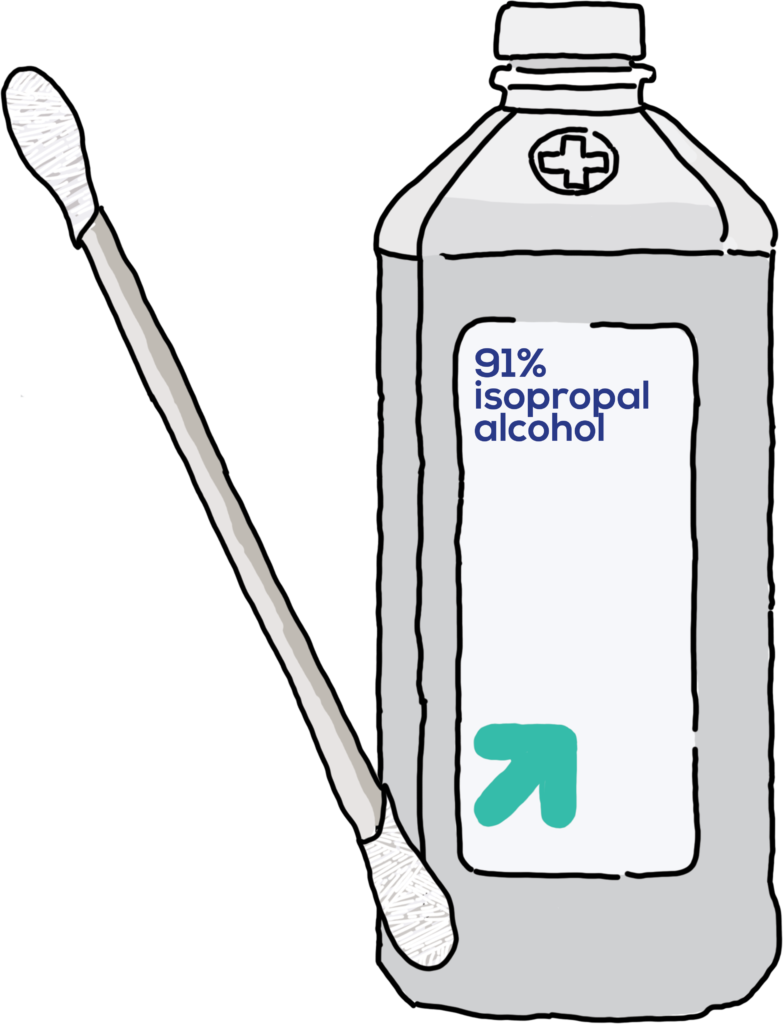Dabbing is the most recent addition to the cannabis game. Even though cannabis concentrates in various forms, most popularly hash, have existed since the 1st century, it was not until quite recently that refined concentrates, or dabs, have gained the immense traction with cannabis connoisseurs that we see today.
The origin of these modern concentrates comes out of research done in the mid 1940s. Dabs by a various other monikers really started to gain lasting standing well into the 1970s. It’s dizzying to think that the concentrates that dominate the modern cannabis market and culture had an origin just a few decades ago.
Tinctures have been around for quite a while. They are the closest bridge we have between the finger hash and temple balls of antiquity and the highly refined oils we are dabbing today. Tinctures would be considered the next oldest form of cannabis concentrate following hash. However, In contrast to the historical uses of hash: as spiritual, recreational, and medicinal substances; tinctures have primarily been used for medical treatment. The first recorded use of cannabis as medicine dates all the way back to Rome, somewhere between 150ce and 200ce. Roman physician Claudius Galen was the first to publish writings on medical methods for the preparation and use of cannabis.
It wouldn’t be for another 1600 years until Dr. Walter O’Shaughnessy in 1839, brought teachings from India about preparations of Gunja to Western medicines. While tinctures had been a popular medication for sometime in East Asia, the use of cannabis in tinctures did not become popular in the Western world until O’Shaughnessy muled the teachings back from India. Once the methods were brought over from the East, cannabis tinctures exploded in popularity among the shelves of many other bottled distillates used for medical treatment. Cannabis tinctures would see a bump in popularity and then a sharp decline as medicinals turned away from bottled elixirs and towards manufactured pharmaceuticals.
Roger Adams, an American, was the first chemist to produce cannabinoid isolates. These are feats of chemistry used to isolate particular cannabinoids. Adams has an interesting place in WW2 history, studying chemistry in Germany as a young man in 1913, eventually coming back to the U.S.. In World War II Adams would work to produce medical methods to prevent damage done by Nazi gas attacks, using what he learned in Germany to fight the Nazis. Adams is regarded as an early Anti-Fascist and was hounded by Edgar J. Hoover as a communist sympathizer. In the early 40s Adams would first isolate CBD, and then CBN from cannabis flower. He would then also be the first person to achieve synthesizing a THC analog via the manipulation of CBD molecules. Adam’s research would go on to be used by the U.S. Office of Strategic Services (OSS), and his methods of converting CBD to THC would be used by various pioneers of the concentrate craft.
One of the earliest known precursors to our modern cannabis extracts actually comes out of U.S. government experiments. From 1948 to 1975, The OSS commissioned tests on human subjects known as the Edgewood Arsenal Experiments. These government run tests are most popularly known under the blanket moniker of the MK-Ultra program. These experiments are most notorious for using LSD to interrogate and brainwash subjects, but the web that these programs weaved is much larger and damaging than what popular conspiracy leaks out. The pharmacopeia of drugs and methods used in the human experiments run by the U.S. government in these years not only tainted government policies on drugs going forward but also the popular cultural understanding of the American opinion on drugs as well. But in reality the Edgewood Arsenal Experiments happened some decades before the MK-Ultra program began and were only loosely associated. That being said they came out of the same perspective, as drugs being weapons and nothing more. The experimental program was intended to turn out results for the effects of psycho-chemical warfare on civilians and soldiers.
Stanley P. Lovell is purported to be the scientist who generated the first THC concentrate (aside from hash that is.) ATHC or THC Acetate. This concentrate was a far more rudimentary form than what we have today, using alcohol as the main solvent for extraction. The descriptions of the process only paints a picture of a harsh concentrate that lacks any sort of flavor and more than anything sounds like a pain to consume. Where as Roger Adams had created synthetic THC, THC acetate contained the organic molecule. The compound was created to test the feasibility of a highly concentrated THC as a truth serum. Sci-fi, I know. This concentrate was dropped on cigarettes and smoked. In one account a recipient of said cigarette, August Del Gaizo, a New York gangster, was said to be rendered quite chatty while under the influence of the substance. He was purported to have spilled the beans on many of his accomplishes. Further tests with the compound had proved it to be ineffective as a truth serum, shelving it for future experiments.
The first chemist to discover the process of THC isolation was Dr Raphael Mechoulam in 1964. One fateful day in 1964, Mechoulam received 5 kilos of Lebanese hash from the Israeli police force. After a dank bus ride to his lab Mechoulam used that hash to develop the first THC isolate. Mechoulam would be the first to isolate CBG and CBDA as well. He has played a pivotal role in mainstreaming and professionalizing cannabis as a viable medical application.
The next step in the proliferation of THC extractions come from the Brotherhood of Eternal Love. The group, dubbed the Hippie Mafia, was a gloriously notorious gang of drug smugglers in the 70s, most popular for moving vast amounts of LSD into the U.S.. This group was key to introducing the U.S. to honey oil, a solvent derived concentrate that was being manufactured en-masse in Afghanistan. Afghanistan was a cheap source of high quality hash, and turning it into oil made it easier to move and demanded a much higher street price. The supply was steady until suddenly, the facility where it was produced exploded during the refining process. The process they used was an early form of distillation. Some components this early process are still very popular among homebrewers today, even though it can yield explosive results. The wrong choice in manufacturing can turn out lethal, as was the case with the Brotherhood of Eternal Love. Many examples of this happening at at-home operations have led to it being illegal to manufacture with an open-blasting system. The FBI would eventually close in around the Brotherhood. The ended up seizing 6 labs producing honey oil, a total of 30,000 pounds of hash in 1972, 50 pounds of processed oil in 1973, and that’s not to mention the seizure of a myriad of other drugs the Brotherhood trafficked.
Alchemist D. Gold would make the next popular entry into the cannabis concentrate game with a recipe from his book Cannabis Alchemy: The Art of Modern Hashmaking for producing honey oil from pure alcohol and activated charcoal. This would also mark the first solid foundation of cannabis extracts made in the U.S.. D. Gold’s recipe came from early experimentation on creating concentrates in the late sixties in San Francisco. After he acquired a lab’s worth of gear for a meager $300, D. Gold went to work. He had a kilo of brick weed and a liquor store down the street. He soaked the herb in vodka, dissolving the cannabinoids off the flower. He then strained the bud from the solution. This was in essence a tincture. Using some of his new-used lab equipment he evaporated the alcohol out of the tincture, churning out a dark green oil. He dabbed the oil up with cotton and smoked it through a pipe. Not the most comfortable smoke, but surely potent as all hell. D. Gold would move to applying the oil to tinfoil, heating it with a match, and sucking the vapor in through a straw (Don’t do this, it’s terrible for you.). He started using hash in his processing, creating hash oil, a more potent extract in its final form than due to the higher concentration of THC in the hash.. The oil caught on in San Francisco, and soon after glass makers started designing pipes to smoke the oil through. D. Gold would incorprate Roger Adam’s early discoveries of converting CBD into the THC analogue he was so popular for, also known as isomerization, to create more potent versions of the concentrates he was already popular for pioneering.. The current flower and concentrate on the market flooding in from Mexico was not utilizing this isomerization process. D. Gold would buy oil from the streets and apply the isomerization process, rendering it into a far more potent concentrate. D. Gold has been a lifelong proponent of pushing for higher safety standards for extractors after a couple close calls in the refinement process.
Michael Stark made iterations on this recipe in his 1977 book Marijuana Chemistry: Genetics Processing and Potency. Stark expanded the process with other solvents other than alcohol: chloroform, ethanol, petroleum ether, isopropanol, and more. Stark’s recipe expanded the possible range of THC content by the introduction of stronger solvents to the refinement process. Stark’s methods were easier to get into, requiring little in the way of expert equipment. His recipe included diagrams on how to make the equipment from things you probably already have in your kitchen. Stark provides somewhat of a more accessible set of procedures, giving prospective processors different options for solvents and extractions.
At this point, the easiest way to consume cannabis concentrates on their own and without a specialized rig, was via hot knifing. Hot knifing is a process of heating two metal knives on a hot stove coil or blowtorch and pressing your concentrate or hash between the two. The resulting smoke or vapor is then inhaled as it floats up through the air. This method can be enhanced by cutting a plastic bottle in half and inhaling the smoke through the mouth piece. The bottle acts as a container for the smoke as it floats up, capturing the vapor and delivering the hit. However rudimentary a process this was, it still worked. The dab rigs we use today are really just a more refined version of doing exactly this.
In 1996, Prop 215 was passed in California. Prop 215 paved the way for and opened the first legal cannabis market in the U.S., albeit a medical market. The product that was hitting the shelves was higher quality than anything that had survived on the black market, but also demanded a higher price. This set off a chain reaction of glassblowers and designers building a better method of consuming cannabis concentrates, making those pricey grams travel as far as they could. It shouldn’t be understated, prop 215 was key in establishing a robust infrastructure and network of dispensaries. This would eventually trickle to the rest of the U.S., but the foothold began in California with the passing of prop 215. Prop 215 allowed anyone with a doctor’s recommendation to purchase medical marijuana. After the passing of 215 butane extracts rose in popularity and started to appear on dispensary shelves.
In 1999 Erowid, an online library dedicated to “documenting the complex relationship between humans and psychoactives,” released a recipe written by Indra Gurung (John Henry Davis) for ‘Hash Honey Oil’ using an open-blasting method. Open blasting methods are dangerous as they combine pressure, heat, and highly flammable compounds like butane and propane. Metal, glass, or PVC vertical tubes are packed with flower, kief, or hash. This packed tube is then shot through with a solvent. The refined oil comes dripping out the bottom of the tube. This compound is in any multitude of ways cooked to separate the solvent and the final product, but most commonly a vacuum oven is used. Butane is heavier than air, so in a few runs through of an open blasting system, a large amount of butane can sink and build up around the rig. All it takes is the introduction of a single spark in this process to cause explosive consequences. The risk can be mitigated by performing the operation outdoors, but it is still flammable and a chain reaction waiting to happen. The cottage extractors of the time often churned out “poop soup” dabs of exceptionally low quality. Some home brews would be laced with high concentrations of mercaptan, the additive put in butane that smells like rotten eggs.
A safer and more efficient form of concentrate refinement would eventually become popular, called “Closed Loop System.” While closed loop systems have been in use since the 70s for the essential oil industry, it wasn’t till the late 90s that the closed loop system became popular for cannabis extraction. In an open blasting rig all of the solvents used to break down the cannabis flower into oil leach out of the system. In a closed loop system the solvents are captured and can be recycled back into the process. Closed loop systems also produce cleaner final products as the solvents are actually pumped out of the entire setup. In an open blasting system the solvents are more likely to sit in the product. Perhaps the biggest long term advantage to the closed loop system is that the air around the rig is not saturated with highly flammable substances that are liable to explode.

In 2003, an extractor who goes by the name Budderking made claims that he had created a clean concentrate of exceptionally high potency. Budderking called this concentrate “budder.” According to the king himself the invention of the substance was a happy accident. After a run of a concentrate, one of the producers stuck the extract in a windowsill exposing it to sunlight. As the concentrate warmed and lost its rigidity the melted extract was whipped, exposing it to air and oxidizing it. The result, once cooled, was a creamy, pungent concentrate. This fluke discovery would rise in popularity, eventually making an appearance in a 2005 article in the Cannabis Culture called Beautiful Budder.
This process was further refined by Budderking, eventually culminating in a cleaner process than the popular butane refinement that had dominated the 90s and early 2000s. Budderking uses a process of alcohol extraction to derive an amber glass concentrate. The heating and whipping process further purifies the concentrate and improves the quality of its consistency. This budder was flavorful, retaining a good amount of its terpenes. This tasty, clean concentrate was certainly not the first time this substance was created, nor would it end up being the ultimate outcome of clean concentrates. But it did mark a turning point for shifting the popular focus from BHO towards cleaner dabs. This shift was cemented by the article in Cannabis Culture that set the trend towards cleaner and more potent concentrates by bringing into a wider consumer view the possibility that extracts had to offer. Dispensaries were more likely to stock high quality concentrates if consumers were asking for them. Budderking was also an early promoter and designer of a rig designed specifically for consuming oil, moving away from the hot knifing methods.
In 2006 two glass designers, HMK and GGirl developed a new way to consume concentrates. They built the swing skillet, or the swing set. This mechanism is a titanium plate that is covered by a glass dome, with piping that leads to the rig. The metal plate is attached with a pivot to the dome, and can be swung up the side of the rig. In this upward position the metal plate can be heated with a blow torch. Once heated, the plate is swung back down under the dome. In this position concentrate is dropped on the hot plate, and is drawn through the rig. This bowl piece was promoted by the cannabis forum Toke City. This was one of the first big steps away from the sketchy looking hot knifing process that was so popular before this rig.
The next evolution of the dabber comes from the dome and nail. The dome and nail work in two pieces. The nail can be titanium, ceramic, or quartz. The nail rests in the socket and is heated with a blow torch. Concentrate is dropped on the nail and then covered with a quartz dome. The dome regulates the airflow that passes through the rig, causing the oil to produce more smoke than the swing sets ever could. The first glass artist known to really have popularized this banger set was a glass artist that went under the name WBM. The rigging would be further popularized and commercialized by J.P. Toro of Toro Tubes.
Eventually this banger set would develop into the pieces we use now, the banger and the carb cap. In the next iteration of bangers the nail became independent of the dome. The dome and nail sets and the swing skillet introduced titanium as an effective and popular material for dabbing. It retains heat well, gets hot fast, and won’t break no matter how many times it is dropped. Highly Educated, an online headshop, led the pack with implementing the titanium nail as an alternative to the dome sets. Highly Educated would further change the game by introducing titanium nails with female joints designed by Highly Educated’s Task Rok.
Where the nails before this evolution had simply rested in the male joint of the dab rig, these new nails securely fit onto the rig. This added security allowed for wider and deeper dishes, longer stems, and overall a greater level of creativity. But the biggest change came from removing the need for the dome. The loss of the dome made dabbing a breeze as it removed one of the most cumbersome steps from the dabbing process. Titanium eventually would see its exodus. As the popularity of the nails grew the market became flooded with cheap knock-offs either made of low-grade titanium or other metals. The low quality impacted the quality of dabbing and caused a lot of users to look for alternatives. This is what knocked titanium off the high-seat of dabbing materials.
Joel Halen would be the next glass designer to be hot in the dab rig world with quartz bangers. It should be noted that Halen gives credit to Ron from Pukinbeagle for the original quartz banger. Halen’s Honey Holes (or H3s) had been around for a long time before the fall of the titanium nail. These H3s really began to gain popularity because of their durability, their low heat resistance and high retention, and the ability to not scorch terpenes, delivering tastier hits. The American Glass Expo was where their popularity exploded. Halen brought some of his H3 bangers to the expo and an employee of Mothership Glass purchased a couple. One of the bangers broke in their shop. The banger broke at an angle, the edge was cleaned off, and this was the birth of the 45 degree banger. These bangers were easy to use with a carb cap, easy to clean, and cheap to produce.
This change of consumer habits moved preferences away from the male joint dab rig towards the female jointed dab rigs. The female joint better secures the banger and is a more universally accepted joint overall. The male joint was predominant in most dab rigs when swing skillets and the dome sets were popular. But nowadays one may be hard pressed to find any dab rig without a female joint.
In 2009 popularity was a bound around concentrates. And by 2010 the High Times Cannabis Cup included a category for Hash Oil concentrates. After this, concentrates exploded on medical dispensary shelves and have carved out a hefty spot on the dispensary wall to this day. Nowadays the concentrate market is one of the sticking points in Washington around the conversation about regulating the highest potency that oils can hit.
Types of Dabs
The current cannabis concentrate market hosts three types of extracts: rosin, solvent-based extractions, and distillation or isolation.
Rosin methods use only heat and pressure to produce the concentrate. The resin comes from either flower, kief, or trimmings. It is highly concentrated and rich in terpenes. This process is exceptionally clean and simple. The resulting concentrate is an incredibly close analogue to the flower and can contain the full-spectrum of the source material. It is cheap to get started and hard to mess up. The process is fairly inefficient and one of the least potent of concentrates on the market. This inefficiency is part of why rosin boasts such a high cost. There is also a tendency for producers to use high-quality flower, making it doubly expensive. This, alongside its purity, is why it is seen by many cannabis connoisseurs as the highest-quality extract on the market.
Solvent extractions are tried and true methods of extraction. We have come a long way from the 90s where homemade extractions were liable to produce toxic sludge or just blow up on you. Concentrates using solvents can be incredibly high potency. Small adjustments to temperature and pressure can churn out high cannabinoid oils or high terpene oils. The process is sophisticated and expensive to get into. Where rosin presses are inefficient within their flower to oil ratio, solvent based processes can produce an exceptionally high amount of concentrate in comparison.
Isolation targets particular cannabinoids. These isolates and distillates are used in vape cartridges, edibles, oils, topicals, and beverages. They use complex methods for targeting and capturing particular cannabinoids. The desired outcome is a particular and pure isolate.
Solvent vs Solventless
Hydrocarbon Extraction
BHO (Butane Hash Oil) Butane is the standard solvent used for concentrates. It tends to produce a stiffer, harder concentrate like shatter. BHO is the most common concentrate you’ll find on dispensary shelves. It’s fairly cheap to produce, quick to purge, and can turn out an incredibly potent concentrate. The biggest concern over BHO is whether or not the final concentrate has been properly purged of the butane used to create it. If done right the product is safe to consume, but there are many times where homemade concentrates or lazy producers missed the mark on properly distilling their final product.
PHO (Propane Hash Oil) The main difference between BHO and PHO is that propane has a lower boiling point than. The resulting concentrate tends to be a softer consistency. Propane processing also strips fewer terpenes generally resulting in a more flavor rich concentrate. Propane is a bit more expensive than butane so often processors may use a mix of propane and butane if they are making PHO. The process of purging PHO takes a bit longer as well, resulting in a slightly more expensive oil for consumers.
Alcohol Extraction
Ethanol or grain alcohol extraction uses alcohol and agitation to separate THC from the flower. This compound is strained, filtered, and reduced with heat to remove any residual alcohol. Done in a rudimentary fashion this is akin to making tinctures. This extract is more so desirable for oral consumption and not particularly recommended for dabbing.
Isopropyl, similar to Ethanol extraction uses alcohol as a solvent. Though isopropyl will tend to yield a more desirable concentrate, it will generally be in smaller amounts. You can dab this as it is easier to remove all of the alcohol.
Other Methods
Supercritical CO2 Hash oil tends to leave other cannabinoids, such as THCA, CBD, CBG, THCV, CBN, CBT in the final product where other solvents may strip them. CO2 extracts are generally seen as being cleaner than extracts produced via butane or other solvents. CO2 extractions are more flexible as well, requiring small adjustments to methods, temperatures, and pressure to yield different styles of concentrates which reduces a ton of overhead costs for producers.
Ice Water Extraction is a solventless extraction process. The cannabinoids are frozen off the buds and sink to the bottom of the cold water. The buds float on the top of the water making it an easy method for separating the thc from the plants. The water is sieved through progressively finer mesh filter bags, eventually returning a high-quality, clean concentration of cannabinoids. This extract can be used as is or further processed. Some rosin is made using this extract.
Color Remediation Column (CRC) is a process of cleaning, purifying, and recoloring BHO. It works well for already high quality oils, but is also notorious for concealing low quality oils under a high quality looking color. The oil is filtered through three tightly packed materials: T5 bentonite clay, silica gel, and magnesol. The resulting color can be golden-yellow, and the oil can be terpene rich. And this can happen with almost all oil as the topshelf to poop soup will all come out looking better.
Dab Consistencies and Qualities
Oil – Most often made with Butane, aka Butane Hash Oil, is often the progenitor of any number of dab consistencies and qualities. It is generally further refined from its liquid state. But there are certain ways of extracting that leave a soupy, honey like substance that is perfect for dabbing or smoking.
Wax – A BHO extract that has a more solid texture, and generally refers to many consistencies and types of dab. As the market has grown, wax has come to mean a consistency softer than crumble but harder than budder. It retains its shape when shaken but will collapse under any pressure.
Shatter – A BHO concentrate that cracks when it’s put under pressure. It’s often flat, translucent, looking like a pane of glass. It is hard and rigid when cold, but becomes rollable when warmed. It’s great for making a snake for large dabs, or for rolling up into a line and sliding into a joint.
Pull ‘n’ Snap – A BHO taffy-like concentrate that is malleable until stretched too far, at which point it will ‘snap.’ It is solid enough to roll in your fingers without sticking to them. It’s a classic concentrate.
Sugar Wax – A BHO extract that is composed of small crystals, wetter and softer than wax . It is generally higher in terpenes, and is one of the most popular consistency on the mid-grade market.
Crystals/Diamonds – A BHO concentrate with large, often clear, crystalline structure. The diamonds are likely to be large enough that they need to first be split unless you are taking a large dab. The diamonds tend to be close to pure THC or CBD, having almost no flavor.
Diamonds & Sauce – Is an iteration on the diamonds. The diamonds are served sitting in a high terpene concentrate, giving a great mix of flavor and potency. The two opposing consistencies can be a little hard to work with, and are best smoked at a low temp.
Crumble – A BHO concentrate that is exceptionally dry. If you shake the container the particles will likely tumble around inside. Crumble can be both large chunks or powder. The large chunks will powder up under a bit of pressure. Crumble is easy to work with your fingers as it is not sticky, making it good for rolling with as well.
Budder/Cake Batter – A BHO concentrate that has gained a popular following. It has a beautiful buttery texture, softer and smoother than most waxes while still retaining most of its structure under pressure. It is easy to work with, often has a very nice light color, and can be terpene rich.
Live Resin – A concentrate made from fresh-frozen herbs. The freshness of the plant matter in the extraction ensures that the final product will be high in a variety of cannabinoids and terpenes. The resulting extract is tasty and potent, even if the total THC percentage is not as high as other concentrates.
Live Rosin is made from fresh herbs as well, albeit with a different extraction process.
Fullmelt – An odd concentrate for this list as it is less of a dab and more of types of hash. It is included here because it is more processed than most hash, but does so using ice water rather than solvents. It is dabable, fully melting away without leaving a residue. Hash has a 6 star rating scale, and Fullmelt tends to be either 5 or 6 stars.
Rosin – is one of the cleanest and highest quality concentrates on the market. It is solventless, using only heat and pressure to make the final concentrate. It is terpene rich and one of the best ways to make a reflection of the qualities found in the flower’s cannabinoid and terpene profiles.
High Cannabinoid Full Spectrum Extract (HCFSE) – Sauce that contains up to 90% THC. These are the highest quality and most time consuming BHOs to produce. HTFSE and HCFSE utilize slow vacuum purging and can take weeks to complete.
High Terpene Full Spectrum Extract (HTFSE) – These sauces can contain 13%-25% terpene counts. Like HTFSEs these are highly orchestrated oils, but focus on terpene profiles rather than on THC content.
Dab Rigs
Big Rigs of course are what catch most smoker’s eyes. Most experienced dabbers at least have one sitting around their house. They demand higher prices and tend to have a little more going on inside. Large rigs tend to have a number of percs: honeycombs, circs, barrels, discs, showerheads, swiss, ufos, donuts, and more. A good big rig can have three percs or more. You’ll get a nice hit, but those percs are eventually going to get clogged with oil. And don’t even think about taking one of those big rigs out and about if you’re not willing to break it.
Small Rigs are easier for glass blowers to churn out, and for many dabbers simply the preferred way to consume oil. Small rigs are simple, having no percolators or at most simply one fixed to the downstem. The small size makes it a little easier to decorate, often having a greater amount of color variation in the glass, or actual glass decorations. Small rigs are more portable, which is definitely a bonus considering all the gear you might need to haul around.
Silicone Rigs are a really good entry point for new dabbers. They are durable, easy to clean, portable, and can have any number of fun designs detailing the surface. The downside is that they are almost too simple. Because of the lack of weight they are easy to spill. Silicone rigs rarely have percs. They are perfect for a new dabber.
Recyclers are an interesting middle ground. The dab passes through water a couple times ensuring a clean hit. The arms are less like percs but still move the dab through filters. They don’t tend to be large, but they are still a lot more fragile than small rigs. If you are looking for a really high quality hit with a bit of class, but you don’t want one piece to take up your whole coffee table, use a recycler.
Nectar collectors are a wonderful small dabbing rig. They are designed to be highly portable and relatively easy to use. Nectar collectors are vertical rigs, a nail on one end, a chamber in the middle, and a mouthpiece on the other end. Many nectar collectors have water-filled percs that are designed to be almost impossible to spill. The hot nail is dipped into a silicone dab container rather than having to drop concentrate in a banger and using a carb cap.
E-Nails and E-Rigs are another form of dabbing that has grown in tandem with the dab market. E-Nails attach to bangers or have bangers built in. They come in both sleek and bulky forms. The bulkier forms tend to be significantly more robust, more universal, and overall easier to work with if you are just dabbing from your house. These tend to pass the $250 mark and are big enough that they need to be plugged into your wall. These E-Nails can hold temperatures for extended periods of time. They can be used with a lot of different bangers meaning it can be used on basically any dab rig you might own. The sleek forms tend to be more portable as part of the selling point comes from their small designs. They require a charge, often can be harder to clean, and generally have shorter overall life-spans. They are turned on and off instead of always holding a particular temperature, so you have to wait for them to get hot if you want to take a dab.
E-Rigs are much more similar to these sleeker E-Nails as they tend to be a little clunkier unless you are willing to delve into the deep end and spend upwards of $350. Many of these cheaper models, ranging anywhere from $30-$150 use standard 5-10 threading for their heating coils. The same coils can be found on portable vapes and fit into a wide number of vape batteries. The coils are disposable and are often sold in fairly expensive packs of five. If you want a device that can stand the test of time it’s probably best to spend a little bit more.
Gear
Terp Slurpers are multi-chambered bangers. The bottom chamber is a dish where the concentrate is loaded. The second chamber is a cylinder with slits at the bottom and a hole in the top. The final chamber is at the top and looks like a traditional banger. Each intersection of the chambers has a marble that regulates the maximum airflow that can travel through it. The terp slurper tends to limit wastage, as the entire banger can store heat for an extended period of time. The marbles act as carbs making sure airflow is accessible, but the carbs themselves are heated meaning that wherever the dab hits it will be vaporized evenly.
Carb caps work by limiting airflow through your banger. Most carbs have a little hole that reduces airflow. By reducing airflow you retain temperatures, extending the life of dab. The concentrated airflow helps to agitate the oil in the banger spreading it across a great heated surface area. Carb caps also reduce air pressure in your banger. When the banger is capped, ambient air pressure is decreased. As ambient air pressure increases, the temperature required to boil liquids also increases. Increased ambient temperatures makes it hard for vapor to escape the liquid and more energy is needed to boil. Lower pressures causes evaporating oil to vaporize at a temperature it would not be able to vaporize at without this manipulation.
Bubble carbs have a good amount of airflow and keep your fingers far away from your hot banger. The plus of something like this is that you can slide your dab dropped through the hole, make a 2-in-1 dropper carb cap.
Trunk carbs have the least airflow but are often directional forcing the air into a specific portion of your banger.
Directional carb caps force the air into a certain direction. Some vortex the airflow helping to spread dab and swirl your terp pearls properly.
Terp Pearls are small quartz beads that are placed in a banger. If you use the correct carb cap and have the right rig the terp pearls will spin as you smoke, better spreading the melting concentrate in your heated banger, reducing wastage. They can get dirty fairly quickly and need to be cleaned otherwise they will just stick to the banger.

Low Temp dabbing is done by first placing concentrate in your banger then heating it to the edge of vaporization. This is done to preserve the terpenes in the dab whereas a normal hot start might destroy them.
Terpometers are thermometers used to track the temperature of a banger. It can save time in the long run and hitting the optimal temperature can be useful for getting both a smoother and tastier hit. Some terpenes will be annihilated at too high of temperatures, so keeping your banger in the right range can help to produce a better dab.
Cleaning your banger is key to getting a clean hit, especially if you are dabbing something full of terpenes. There are two popular ways of cleaning your bowl. The first is easy but a bit of a waste of butane. All it requires you to do is heat your banger up until it is red hot, resulting in burning off all the char that’s left in the bowl. Be careful taking a dab after doing this as the bowl will be VERY hot and you can risk burning your throat with high temperature vapor.
The second, and cleaner way is to use Q-Tips and a cleaning agent. Some Q-Tips have a chemical coating, so it’s important to check the brand you are buying. There are Q-Tips designed especially for cleaning bangers that can be found online or at a local head shop. The banger still needs to be warm when doing this but not too hot as to burn the cotton. If there is black char left over in the banger, wipe your cotton Q-Tip through the banger. If there is residual char after the first sweep you may need to use a cleaning agent such as isopropyl alcohol or 710 cleaner. Make sure to burn off all the remaining cleaning agent before taking another dab as it is not something you want to inhale. You still may need to heat up your banger to get the last bit of char off, but the piece will be substantially cleaner.








